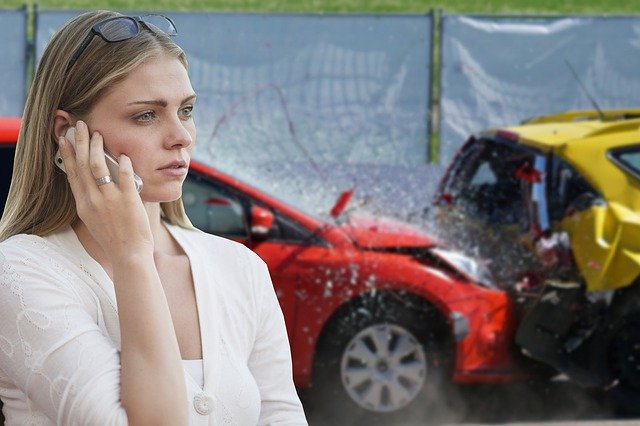The Anatomy of a Rideshare Accident Claim
Ridesharing companies, such as Uber and Lyft, usually accept liability when their drivers are logged in the app and actively using it. If the drivers have enabled the app but aren’t carrying any passengers in the car, these companies provide a limited liability policy to cover accidents. This coverage, however, isn’t sufficient to cover comprehensive property damages and pedestrian injuries. In such cases, the accident victim will require a competent ridesharing accident attorney who can successfully obtain compensation from these companies even when their liability policy isn’t enough.
Uber and Lyft provide liability policies worth $1 million when the driver is carrying a passenger in the car. In fact, some states like Massachusetts and Colorado require ridesharing companies to carry liability insurance in that amount. If the company isn’t found liable, the driver may have to carry the liability. Having rideshare insurance can come in handy in such a situation.
Possible Damages in Ridesharing Crashes
Following a rideshare crash, a victim may face a wide array of damages. They include:
- Physical therapy costs
- Medication, hospital equipment, and medical devices
- Home health care expenses
- Lost wages and loss of future earning potential
- Emotional pain and loss of consortium
- Funeral expenses and wrongful death
A ridesharing accident attorney usually takes into account these damages when determining the value of an accident victim’s rideshare accident claim.
Pursuing Compensation from Ridesharing Drivers and Companies
Establishing liability against ridesharing companies and drivers isn’t always a walk in the park. In most instances, it’s better to pursue compensation from the company than the driver. The simple reason is that ridesharing companies have more comprehensive coverage policies and more assets compared to most drivers.
The ridesharing services and their insurance providers will try to safeguard their bottom lines by finding a reason to reject the compensation claim. The victim’s attorney, on the other hand, will try to prove that these companies are at fault. Most states require ridesharing drivers to have clean criminal records in the last seven years. If a person sustains an injury in a crash with a ridesharing driver that didn’t satisfy this requirement, then the company may be legally responsible.
A single injury case may involve multiple at-fault parties. If defective tires or airbags, for instance, worsened the injuries, the injured person may file a product liability claim against the responsible manufacturer.
Ridesharing Accident Lawsuits
Anyone considering bringing a claim against a ridesharing service should have a deep understanding of the lawsuit process. In some instances, the accident victim can have the issue resolved out of court with the help of a mediator or an arbitrator. In other instances, the victim will have to go to court to recover reasonable compensation for all the current and future losses he or she faced due to the ridesharing accident.
Statute of Limitations
Following a ridesharing accident, the injured victim has a limited period to file a claim against the liable driver. Rideshare accidents generally have a three-year statute of limitation. The time limit can, however, fluctuate depending on the kind of crash and the damages involved. Working with a ridesharing attorney can help an accident victim file a claim on time and recover damages from the liable party.

